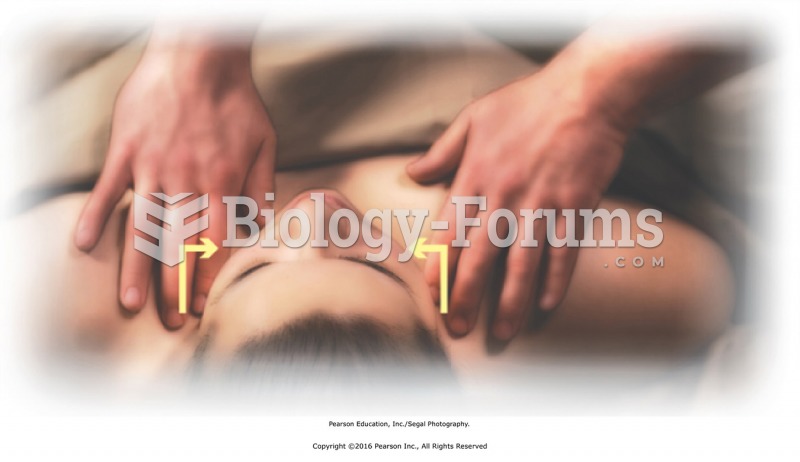|
|
|
Did you know?
Thyroid conditions may make getting pregnant impossible.
Did you know?
Green tea is able to stop the scent of garlic or onion from causing bad breath.
Did you know?
There are more sensory neurons in the tongue than in any other part of the body.
Did you know?
After a vasectomy, it takes about 12 ejaculations to clear out sperm that were already beyond the blocked area.
Did you know?
Eat fiber! A diet high in fiber can help lower cholesterol levels by as much as 10%.







